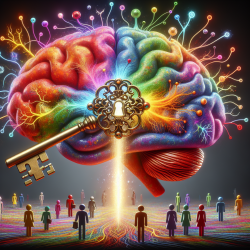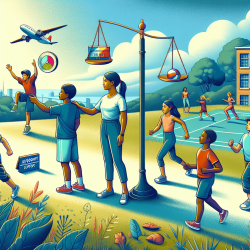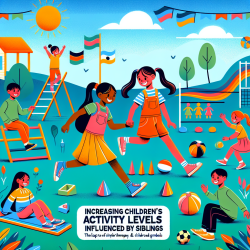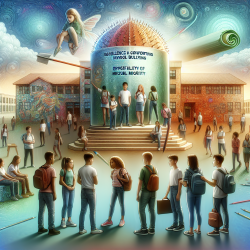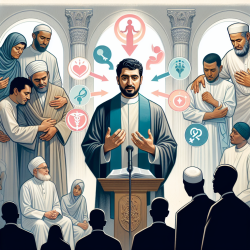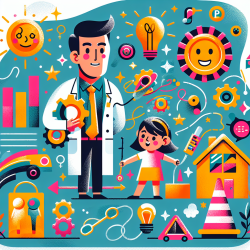The landscape of education is evolving at an unprecedented pace. As we navigate the complexities of the 21st century, it becomes imperative to rethink traditional educational practices and embrace innovative approaches that prepare learners for an unpredictable future. One such groundbreaking concept is allostatic neuro-education, which marries educational development with advanced scientific understanding of the brain's dynamic nature.
The Paradigm Shift: From Homeostasis to Allostasis
The traditional view of education often aligns with the concept of homeostasis—maintaining stability through constancy. However, allostasis offers a more accurate representation of biological regulation, emphasizing "stability through change." This paradigm acknowledges that change is the norm in biology and that success is defined within complex natural environments rather than controlled settings.
Allostatic neuro-education recognizes the brain as the organ of central command, guiding learners through their neurodevelopmental trajectories. This approach contrasts with education focused primarily on testing and standardized metrics. Instead, it supports authentic freedom and adaptability by fostering competent, integrated, and expansive executive functionality.
The GANE Perspective: Nurturing Neurodevelopmental Trajectories
The groundwork for allostatic neuro-education (GANE) encourages educators to view learners as unique beings with distinct neurodevelopmental paths. This perspective prioritizes understanding students' developmental stages and supporting their growth in a holistic manner. By aligning educational practices with learners' evolving needs, educators can better prepare students for a world characterized by variability and unpredictability.
- Embracing Change: Recognize that change is inherent in biological regulation and adapt educational strategies accordingly.
- Supporting Authentic Freedom: Foster executive functionality that empowers learners to navigate complex environments creatively.
- Sensitivity to Rhythms: Attune educational practices to rhythms of arousal and engagement, enhancing experiential excitement for learning.
The Role of Educators: Stewards of Development
Educators play a pivotal role in nurturing students' potential by embracing the principles of allostatic neuro-education. By focusing on learners' long-term trajectories rather than immediate test scores, teachers can cultivate environments that promote creativity, adaptability, and resilience.
The GANE strategy emphasizes sensitivity to rhythms—particularly those related to autonomic arousal described in polyvagal theory. By creating learning experiences that oscillate between excitement and calm reflection, educators can enhance cognitive engagement and foster a love for lifelong learning.
The Call to Action: Embrace Innovation
The urgency for educational innovation cannot be overstated. As socio-economic, cultural, geopolitical, and technological changes accelerate, it is crucial to equip learners with the skills necessary to thrive in an ever-changing world. Allostatic neuro-education offers a path forward by integrating diverse educational traditions and fostering adaptive creativity.
By embracing this approach, educators can unlock students' full potential and prepare them to lead meaningful lives in an unpredictable future. The time has come to reimagine education as a dynamic process that nurtures both individual growth and societal advancement.
